It is hard not to feel confused over the current China-US sabre-rattling. American politicians have recently accused China of hacking US research for Coronavirus vaccines, causing the pandemic through irresponsible experiments, falsifying health statistics and tampering Chinese drones, mobile phones and 5G equipment, on top of previous allegations of currency manipulation, state-sponsored spying of American firms, universities and think tanks and unspecified crimes summarised as “raping our country”. Political tirades are reinforced by a thrill-thirsty media and publications with titles like What’s Wrong With China, Has China Won?, Destined for War and Stealth War: How China Took Over While America’s Elite Slept.
China has blamed the United States for similar crimes including planting Covid-19 in Wuhan, spreading misinformation, infiltrating Hong Kong protests, using non-governmental organisations (NGOs) to undermine China’s national security, sabotaging its firms in the US, violating its sovereignty in the South China Sea and, reviving a Mao-era claim, conspiring against China’s economic rise. In addition to belligerent government, Communist Party and diplomatic rhetoric, internationally published propagandists like Liu Mingfu author manifestos, like Liu’s English-language book The China Dream: Great Power Thinking and Strategic Posture in the Post-American Era where one can read that “America cannot be allowed to remain helmsman of the world’s ship; it has caused crises all over the world, and riddled the ship with holes. If China wants to save itself, and the World, it needs to prepare itself to be the helmsman.”
Ironically, each side’s outraged orators return to offices and homes built, furnished and serviced through China-US cooperation, to teams and families who benefit from that relationship. China and the United States are each other’s top partners in trade, credit and investment, in fields like medical technology, electronics and environmental research. In some areas, the relationship is unequal but similarly profound. China is the USA’s largest external automotive, pharmaceutical and entertainment market, while the US is the primary destination for Chinese immigration, students and Mainland exports in general. Cooperation shines through dark corners such as national defence: the Joint Staff Dialogue Mechanism is a cooperation programme between the two armed forces. China’s conspiracy theory about America’s responsibility for the Coronavirus epidemic rests on a US Army delegation visiting the Wuhan Military World Games in October 2019.
Which one of these opposing narratives is the real China and the real America? Does Beijing’s anti-American lambasting reveal the zero-sum mindset of an aspiring hegemon, or a harmonious society falling victim to neo-imperialist excesses? Do America’s sinophobic machinations aim at global domination, or are simply an expression of frustration over authoritarian practices? It is both for both. The downward spiral of relations between China and the US is at least partially due to the misunderstanding of dual cultures that exist in both societies. On both sides, an assertive political crust conceals wide-ranging civic activities struggling to make ends meet, domestically as well as internationally. Grasping that dynamic removes the illusion of “good-guys vs bad-guys” simplicity, and consequently a thrilling media narrative. But in return, it reveals the strengths and weaknesses of China-US relations, as well as future opportunities and threats.
In the US, frontier mentality persists while four-fifth of the population lives in cities, and services contribute equal share of GDP. The values of supportive self-sustaining communities are deeply rooted in the American psyche. Except in large cities, where a kaleidoscope of identities are connected only by individualism and devil-may-care exceptionalism. “Humility is more valued in Mexico than in the United States, and more valued in rural Wisconsin than on Wall Street“, writes brain scientist Daniel J. Levitin. China’s more recent cultural duality originates in early twentieth-century modernisers who attacked Confucian heritage as a source of backwardness and humiliation. From 1949, the Communist People’s Republic reversed many of the previous Republic’s policies, but continued fighting tradition. Ancestral worship, closely-knit clans, filial piety and hereditary hierarchy had to give way to the Marxist-Leninist ideology of dialectic materialism, youthful rebellion, class struggle and revolutionary renewal at all cost. If an anti-Confucian ideology ever existed, this was it.
The world’s oldest and youngest great power show profound resemblance below the conflicting ideological surface. China is an old culture but, in political terms, a younger nation than the US. Both societies cherish their origins but struggle with distorted remnants: rifle-toting “Second-Amendment people” in one, medicine men hawking endangered species in the other, to mention two painfully timely examples. The balance between tradition and ambition is precarious in both societies. America coined “the silent majority” because neither the bourgeois liberalism of Democrats nor the Republican caricature of an anti-establishment frontier spirit has resonated fully with the national mainstream. China, where urbanisation and internet connectivity are near a modest fifty percent, has long vacillated between empowering badly needed regional population centres, or centralising economic and human resources under a unified Socialist model. Then, Covid-19 tipped the balance.
Intercultural leadership science reveals that critical situations favour dominant leadership styles. Guards do not say “please” during fire alarms, and people willingly suffer some humiliation to escape the building unhurt. “When people are afraid for their jobs, for their future, for their very lives, there is a built-in tendency in humans to wish for some saviour, for some strong man (it’s almost always a man) that will save us, knows everything and protects us”, philosopher and historian Yuval Noah Harari said recently. Leaders often perpetuate a sense of emergency to retain their special powers. Many national leaders who successfully contained the epidemic consciously avoided a mobilising combat rhetoric, including Canada, France, New Zealand, South Korea, the United Kingdom and, most notably, Germany. China and the United States both indulged in the war metaphor, complete with “front lines”, “enemies”, “heroes” and “traitors”.
Leaders also appoint external enemies to create cohesion: even China’s government attempted to blame outsiders for Covid-19, or at least its worst consequences. But short-term gains of crisis leadership come at the expense of long-term resources and opportunities: they weaken mood and morale, cause stress, anxiety and conflict, and jeopardise cooperation when it is needed the most. China-US relations, distraught at the best of recent times, may easily fall victim to a new-found fighting spirit on both sides. That would be a waste, because their current relations suggest the opposite of a Cold War-style showdown. They share interests in the global arena and countless official and spontaneous, more and less visible ties of cooperation. Most importantly, between them they have access to virtually unlimited natural, economic and human resources. The time is right to soberly evaluate the strengths, weaknesses, opportunities and threats of this crucial relationship.
Strengths
Relations started promisingly as the US brokered the People’s Republic of China back into the United Nations, and invested billions into its precarious economy before any other major power. In China, “American” meant quality and prestige for decades: taxies were Volkswagen but the rich and powerful rode Buicks. Today, American multinationals are more integrated in China’s economy than anywhere else outside of the USA. Before anyone cries “economic colonisation”, that was China’s own will. Reformers like Deng Xiaoping were raving US fans. Importing American fast food chains, Disneyland and Multiplex cinemas permeated the China Dream, itself inspired by its American namesake. Policies like “soft power” and “supply side economics” came from the US where, in contrast with Soviet leaders before, China’s Communist elite educated their youth. Those who could not afford overseas education opted for American programmes in China, including one by Salem International University where this author taught social sciences in early 2000s Shanghai.
The attraction was mutual. Henry Kissinger plotted President Nixon’s eventual 1972 visit to Beijing and Shanghai, with American policymakers and academics obsessed with reintegrating China into the global order. They enjoyed moral, financial and political support from generations of Chinese immigrants escaping Qing-era hardships and contemporary dictatorships in the Mainland and Taiwan. By 2009, America relied so strongly on diligent and affordable Chinese labour that Sara Bongiorni’s A Year Without “Made in China” became a bestseller. The US enthusiastically outsourced entire manufacturing sectors including mobile phones, white goods, solar panels and civilian drones. Today, decoupling from China’s huge population and relatively lax regulations would undermine US firms in medical, agricultural, environmental research and aviation. As Americans fell in love with the new frontier, Mandarin lessons became an elitist fad: President Trump’s granddaughter proudly sang to President Xi in his native tongue during a state visit.
Weaknesses
That good will is now fading, but only partially for grievances of espionage and misinformation are not the real reason. With enough determination to cooperate with China, countries can manage those risks the way Italy, Germany and the UK did. Deeply emotional issues between China and the US loom under the rhetorical surface. America feels betrayed. Successive US administrations sponsored China at the UN, WTO and elsewhere, hoping political liberalisation and economic integration in return. With characteristic optimism, they overestimated progressive and underestimated fundamentalist elements in the Communist Party. That realisation fuels current anti-China sentiment in the Oval Office, university campuses and corporate boardrooms.
On the other side, 中国不高兴 – China Is Unhappy — the title of a popular 2009 Chinese anthology written by Party, government and military officials who agree with the nation’s current leadership that China already kowtows to Western values. For decades, no Party leader was accountable to the media, academia, business or even local governments. Recently, televised press conferences, scientific advisors, auditing state-owned firms and autonomous regions painfully stretched their comfort zone. They expected international appreciation and, from their point of view, received little.
Opportunities
Beijing casually dismisses WTO and other international commitments when interest dictates, like when it called the Hague Tribunal’s 2016 ruling over islands disputed by the Philippines “wastepaper”. Yet, WHO comments on improving transparency in handling Covid-19 made jubilant Mainland headlines for weeks. A smarter US administration would use that for leverage. The US has long complained of its sole burden to “police the world”. Meanwhile, China has become the second largest contributor to UN peacekeeping missions, and deployed its diplomats, navy and economic might to tackle crises beyond the US’s reach in Asia and Africa.
The WHO’s thumb-up demonstrated how little it costs to enthuse China, and showed Beijing that even imperfect transparency measures matter. Now is the time to grab such opportunities: the pandemic gave both governments unprecedented powers to control the dialogue and mobilise resources. The writing is on the wall: in addition to previous issues like global warming and medical research, China and the US face another urgency that disregards national borders.
Threats
The combat rhetoric may still prevail. Top-down leadership tends to create self-fulfilling prophecies of doom and protectionism, and the sober voices in China-US relations have been very few lately. If the two great powers continue to play chicken, will it lead to global cataclysm? Unlikely. We have lived on an ideologically split planet before and survived, some even thrived. As recently as 2006, an executive of the American tech giant told this author that “China needs Google more than Google needs China”. He was wrong, but life went on. Most US firms could withdraw from China, raising home prices on phones, air-conditioners, vitamins and solar energy. Beijing may ban American wheat, soy, Boeings and semiconductors for political reasons like they attacked Korean cosmetics and Australian beef. Russia has punished its population with similar bans for years, and people got used to shortages. Education, entertainment and sports would probably come next, but those have not been around for long: the program where this author taught was among the first of its kind fifteen years ago.
But the respective dreams of both societies would scatter: the American Dream of an infinite frontier of opportunities, and the China Dream of joining the World’s middle class. Admittedly, relations are in a slump. America hoped that the pure sight of democracy and capitalism would invigorate China’s civil society and political reform. After a quarter century, icons of American civic life like the Rotary Club are still camouflaged as “foreign-owned enterprises” in China, as the PRC still makes that legal distinction. As one study put it, “given the character of the Chinese system and the high level of penetration of Chinese society by the State, people-to-people contacts actually mean Chinese government-to-people relations”. Voices for empathy and collaboration in both countries are increasingly muffled by accusations of betrayal — an alarming extension of the combat narrative. It often seems that if the two nations learned anything from the Covid-19 pandemic, they learned the wrong lesson. But it is worth remembering that their chief areas of cooperation, including business, innovation and the environment, all rely on disequilibrium as their driving force. In that sense, contradiction is the mother of constructive cooperation.
Picture credits: Reuters / Kevin Lamarque
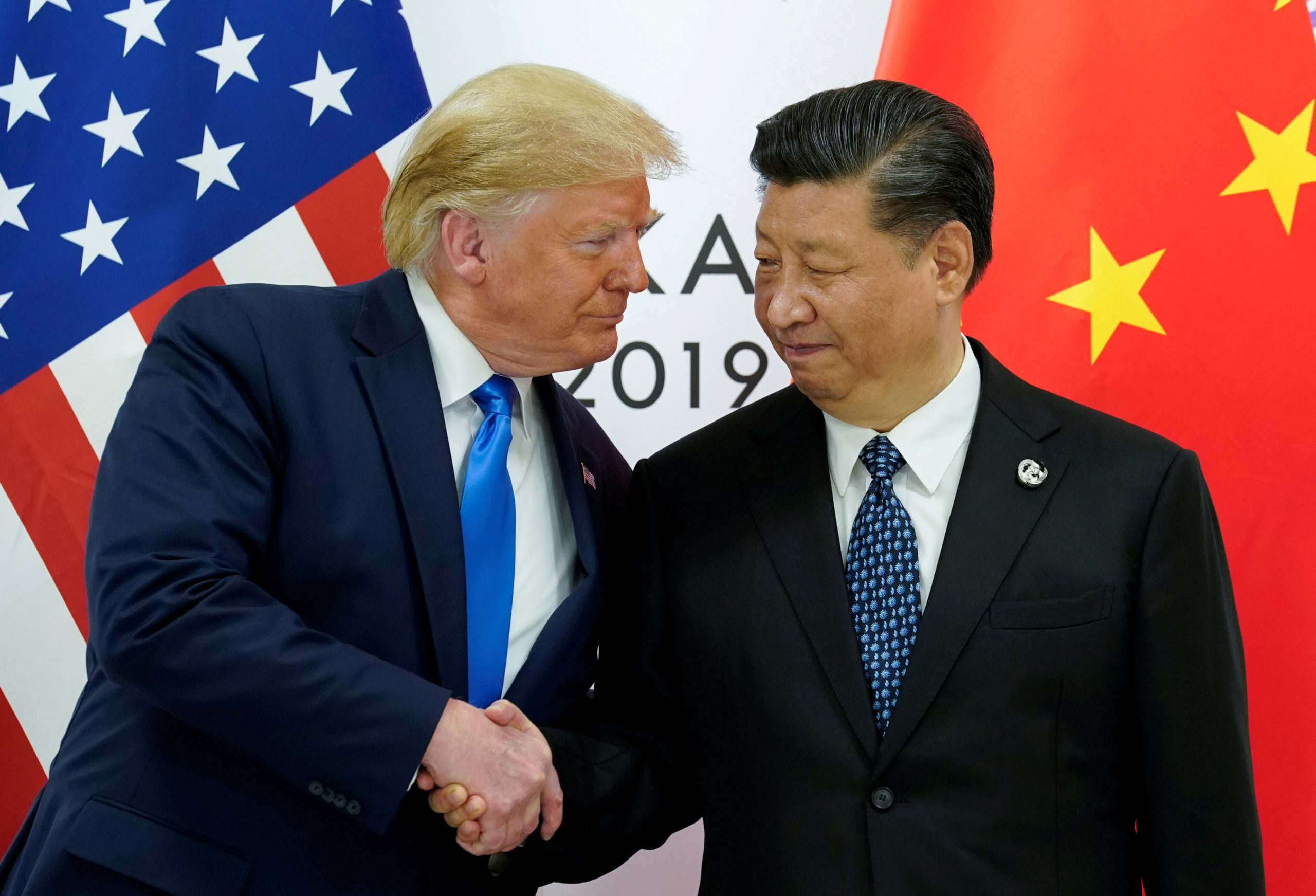
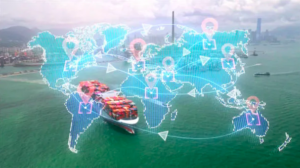
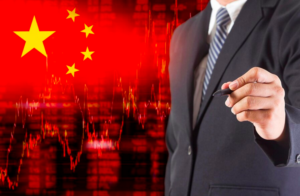
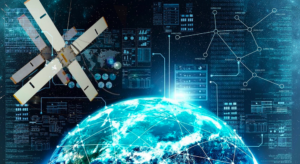

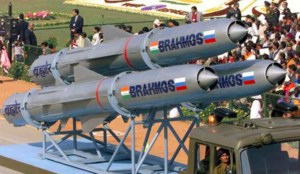
Be First to Comment